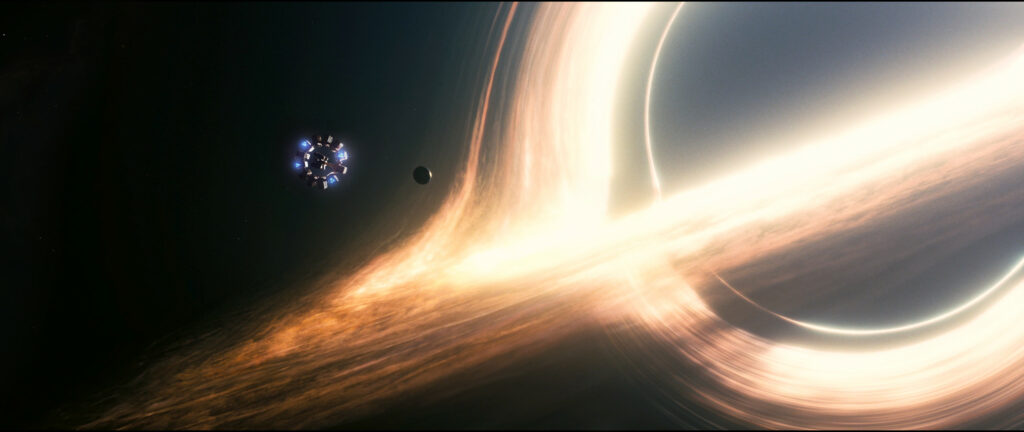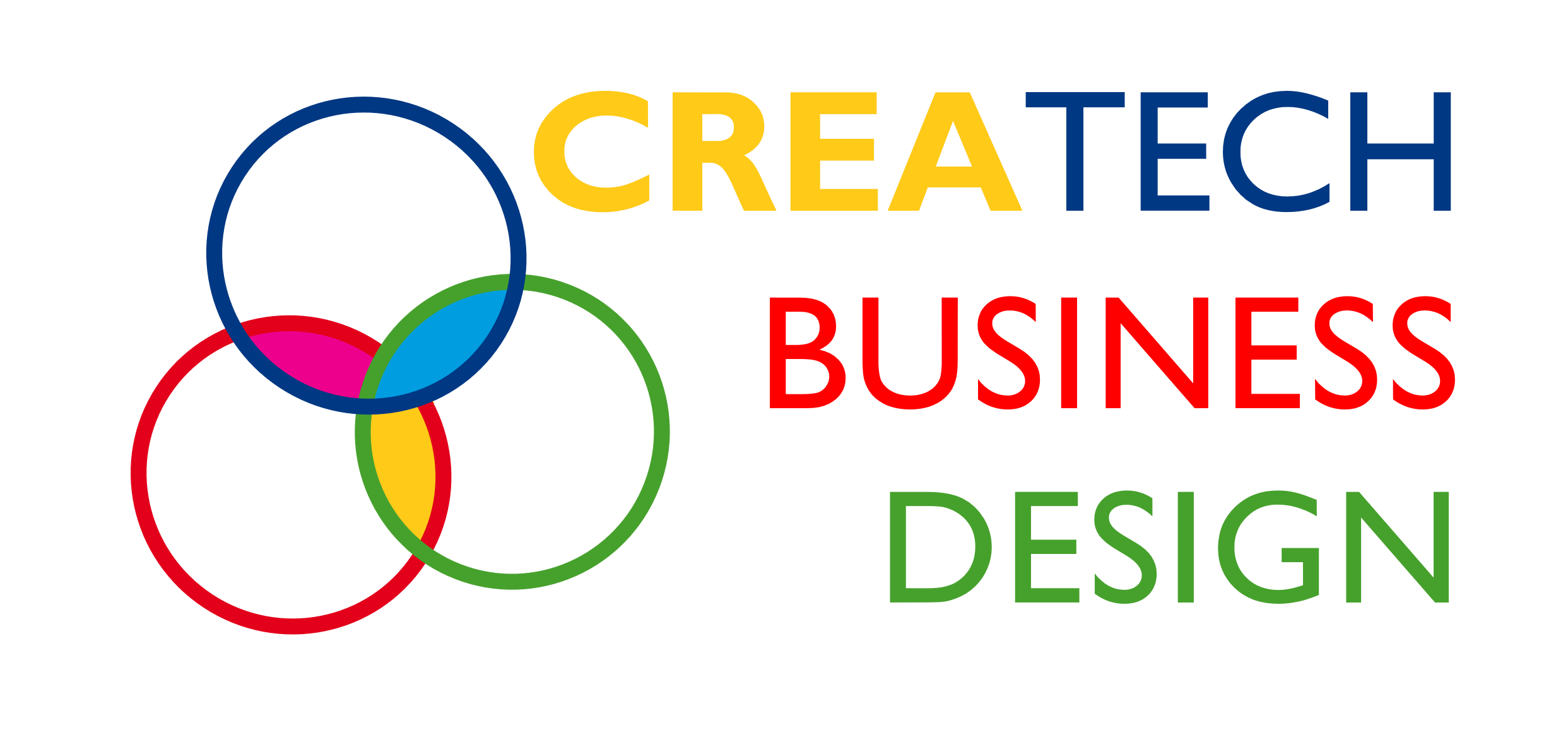The Imaginal Power of Movies & Visual Effects
This spring has been a rich season of cinematic exploration, where I’ve immersed myself in the imaginal power of movies and visual effects. From rediscovering acclaimed films of the 95th Academy Awards to anticipating the 76th Cannes Film Festival, I’ve found myself captivated by how visual storytelling shapes our perception of reality and possibility.
In this mood, I’ve launched a new publication I call ‘The MooDvies IMAGINAList’: a personal journey into Cinematic Futures through my Top Films, with a focus on stories that stir our imagination. This complements my ongoing publication ‘The CREAtive TECHnologist’, which explores the intersection of creativity and technology, from Artificial Intelligence (AI) and Extended Reality (XR) to Visual Effects (VFX).
VFX Voice From AI to Virtual Production and the ‘The Everything Bagel’
To begin this journey, I’ve found an inspiring community in the Visual Effects Society (VES). The society hosts exclusive screenings and networking events in hubs like Los Angeles and London, and publishes VFX Voice, a magazine offering industry insights. The Spring 2023 edition, in particular, explored the paradigm shift brought by Virtual Production (VP) and how studios are redefining workflows in an increasingly hybrid world.
Naturally, the publication also addressed the rising role of generative AI in art, from industry protests to the deeper questions around authorship and authenticity. For a complementary perspective, I recommend reading WIRED’s argument that the rise of AI will make human Art more valuable.
VFX Voice also spotlighted the winners of the VES Awards, most notably Avatar: The Way of Water, which, as many anticipated, went on to win the Academy Award for Best Visual Effects just three weeks later. Equally remarkable was Everything, Everywhere, All at Once, the breakout film that claimed seven Oscars at the 95th Academy Awards. Despite working with a budget nearly ten times smaller than James Cameron’s epic, the film delivered innovative VFX that captivated both audiences and critics.
These movies demonstrate how imagination, from the VFX of big productions to indie movies, can reveal simple facts about our human nature, family, friendship, and love through sci-fi while acknowledging the immense possibilities and absurdity of our condition in this world. ‘The Everything Bagel’ may have become a cultural icon, revealing our search for meaning and love.

This spring also took me to the Science Fiction Film Festival at the Science Museum, where I joined immersive IMAX screenings and thought-provoking panels for a ‘Voyage to the Edge of Imagination’. Highlights included the panels Building Sci-Fi Worlds with Paul Franklin (Oscar-winning VFX Supervisor of Inception and Interstellar), and How to Build an Android, which explored the legacy of Blade Runner and the evolving conversation around AI.
Imagining the Design Futures of Work, Space, and Species with Visual Effects
As we re-enter the age of space exploration toward the Moon, Mars, and beyond, films and series like The Expanse (with VFX by Rocket Science) reignite our collective imagination. This mirrors the visionary legacy of 2001: A Space Odyssey, made during the Apollo era.
In this tradition, Christopher Nolan’s commitment to practical and accurate VFX, such as the collaboration between DNEG and Nobel laureate Kip Thorne on Interstellar, extends cinematic visuals into realms of genuine scientific insight. Their work on simulating gravitational lensing by spinning black holes was not only visually stunning but also scientifically groundbreaking, contributing to the publication of two peer-reviewed research papers.

Sci-fi films and visual effects offer a powerful starting point for imagining the Design Futures of work, space, and species itself, what I call ‘WQrksPÆCE Futures.’ As design futurists, we can envision these futures through architecture, (bio)engineering, and autonomous systems, rethinking how we build and operate in space and extreme environments on Earth without compromising the planet’s climate or biodiversity, thanks to the bioeconomy and hydrogen revolutions.
Business Solutions for Digital Wealth, Health, and Care From Sci-Fi to Product
Blade Runner 2049 stands as another powerful sci-fi vision, with John Nelson — Overall VFX supervisor on the Academy Award-winning production. He led a global collaboration across DNEG, Framestore, and six additional VFX studios to bring its dystopian world to life. Both Ridley Scott’s original and Denis Villeneuve’s sequel, each interpreting Philip Dick’s novel in their own moods, explore the status of being a person in the advent of artificial general intelligence (AGI).
In this context, humanoid robots serve less as literal forecasts and more as powerful metaphors, mirroring our evolving cyber identities, the rise of personalised medicine, and the emergence of AI-powered assistants. They reflect our fascination with sentience, control, and, ultimately, our enduring desire for power, legacy, and even immortality.

From this other angle, sci-fi films and visual effects also serve as imaginative springboards for business solutions in the realms of digital wealth, health, and care, what I call ‘W3althCARE Solutions.’ As business solutionists, we can translate these speculative ideas into actionable strategies through product management and (bio)marketing, harnessing the potential of AI and XR to enhance human performance guided by values that preserve not only our well-being but also our autonomy and freedom.
Telling the Truth Through Fiction: The Power (and Risk) of the Imaginal
As V for Vendetta suggests, “Fiction is the lie through which we tell the truth.” This serves as a reminder that we must remain aware that the imaginal power of movies and visual effects can also be used as a tool for propaganda or, at the very least, cultural homogenisation.
That’s why diversity in cinema matters more than ever, offering us a rich array of images, stories, and even revolutions that reflect the complexities of our times. The recent Hong Kong Film Festival UK, for instance, reminds us of cinema’s imaginal power to raise difficult questions about identity, migration, and artistic freedom.
Looking ahead, the second phase of The MooDvies IMAGINAList will explore emerging mediums for storytelling and moving images as moviemaking and gamemaking are converging through AI-generated content and Extended Realities. Nevertheless, we must reaffirm human creativity as an imaginal power in the face of growing challenges such as deepfakes and synthetic media.
